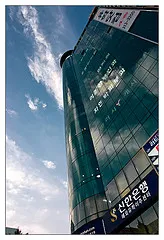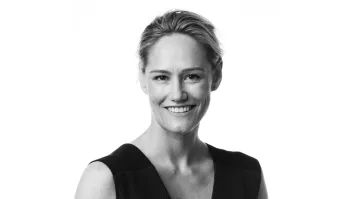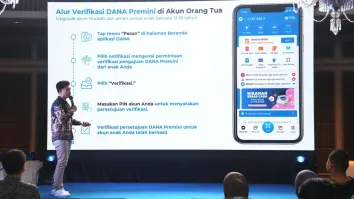
Shinhan Bank’s outlook stable, says Fitch
The ratings agency revised the bank’s outlook to stable from negative, noting that some of the bank's financial metrics have improved since September 2010.
Fitch has also affirmed SHB's Long-Term Foreign Currency Issuer Default Rating at 'A'.
Here's more from Fitch Ratings:
| Fitch Ratings has revised Korea-based Shinhan Bank's Outlook to Stable from Negative and simultaneously affirmed SHB's Long-Term Foreign Currency Issuer Default Rating (IDR) at 'A'. A full rating breakdown is provided below. The revision of Outlook reflects that the corporate control/governance issues involving the former top management team of Shinhan Financial Group - of which SHB is the flagship subsidiary - have not resulted in notable deterioration in the bank's franchise and operations save for denting the group's reputation. Fitch notes that some of the bank's financial metrics have improved since September 2010 while the new management installed at SFG in March 2011 has been adequately addressing the issues. SHB's IDRs are driven by its standalone credit strength, which is underpinned by its substantial local franchise and strong capitalistion, aided by prudent risk management and a strong commercial bias. Like other Korean banks, the ratings also take into account SHB's below-average funding profile, and the subdued operating environment, while its exposure to equity investments remains moderately high and its asset quality and profitability adequate. SHB reported a regulatory net interest margin of 2.27% in H111, in line with the industry average. This reflects the fact that its slightly lower funding cost relative to its close peers (due to strong low-cost deposits, particularly from public organizations) is offset by a lending rate which is lower than its peers given its focus on higher-quality customers (especially in SME corporate customers). SHB reported an NPL ratio of 1.28% at end-H111 (industry-wide: 1.79%) with a provision coverage ratio of 141%. Its precautionary-and-below loan ratio (2.6% versus system's 4%) was well below its peak of 3.3% in Q310. Its loan book mix is mostly in line with the industry average; with a slightly higher share in mortgages (23% versus system's 19%) and a marginally smaller share in manufacturing (24% versus system's 29%) and large corporate loans (20% versus system's 26%). The bank historically has been keen to keep a limited exposure to large corporates. SHB's loans/customer deposits ratio was high at 131% at end-2010, albeit lower than the peak of 153% at end-2008. Although the ratio may improve, it is likely to be gradual given the bank has met the regulator's requirement (100% for local currency loan-to-deposit ratio which includes deposits from banks). Moreover, Fitch does not see deposits in Korea growing rapidly due to increasing household debt. Like its peers, SHB does not have a foreign currency retail deposit base that is strong enough to support its foreign currency operations. SHB reported a strong Tier 1 ratio of 13% at end-H111. Fitch notes that SHB's capitalization is vulnerable to a stock market disruption as stock investments accounted for 25% of its tangible common equity at end-H111 (versus 36% at end-2010). They are concentrated in certain local corporate names including POSCO. These are considered as strategic investments and difficult to liquidate without pre-discussion with the respective names. The ratings of SHB's hybrid (hybrid tier 1) and subordinated debts (upper-tier 2) reflect their going concern loss absorption features. The 'BBB+' rating is two notches below the bank's IDR, in line with Fitch's criteria and typical notching practice for such securities. The Support Rating and Support Rating Floor reflect Fitch's continued belief of an extremely high propensity for support from the government, if required, given SHB's systemic importance as the country's third-largest bank. The bank has a sizable franchise in the local banking system, accounting for 12.4%, 12.3% and 14.6% of the system's total assets, loans, and deposits, respectively. SHB accounted for 80% of SFG's consolidated total assets at end-H111. Upside potential for SHB's IDRs and Viability Rating is limited given its weakness in foreign currency funding/liquidity. Downside risk may arise from significant deterioration in asset quality leading to sharply lower capitalistion, although Fitch views this to be a remote prospect. The ratings of SHB are detailed below: |
Photo from yannshu



















 Advertise
Advertise







